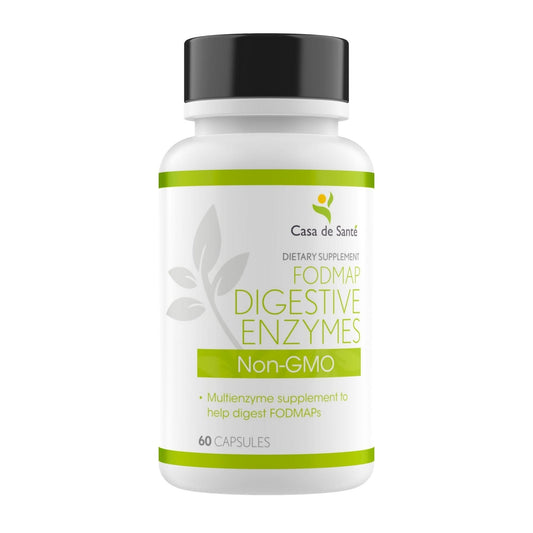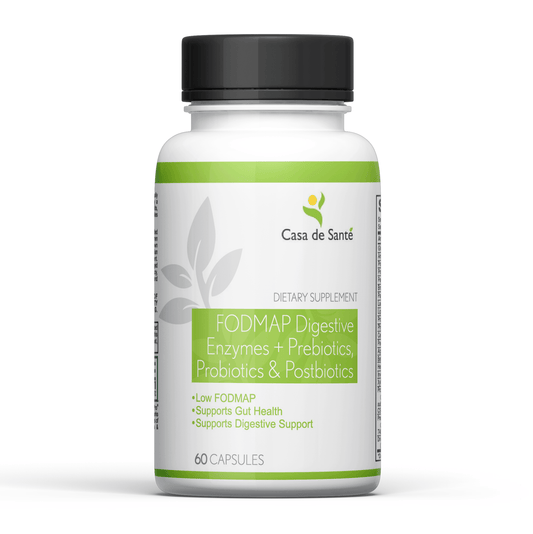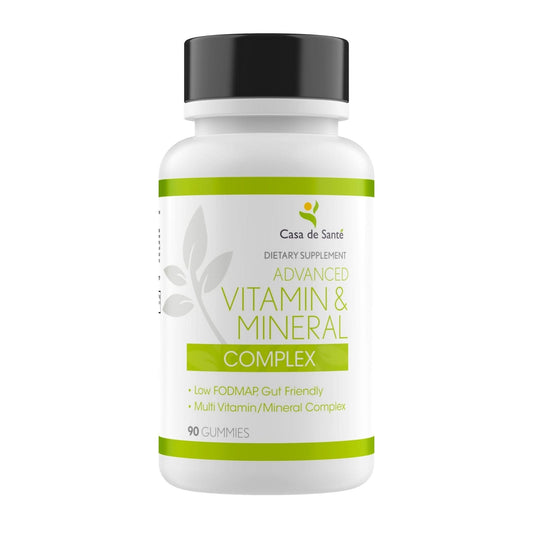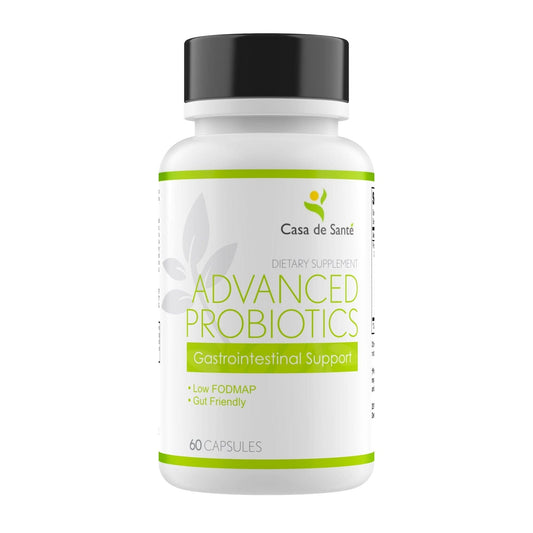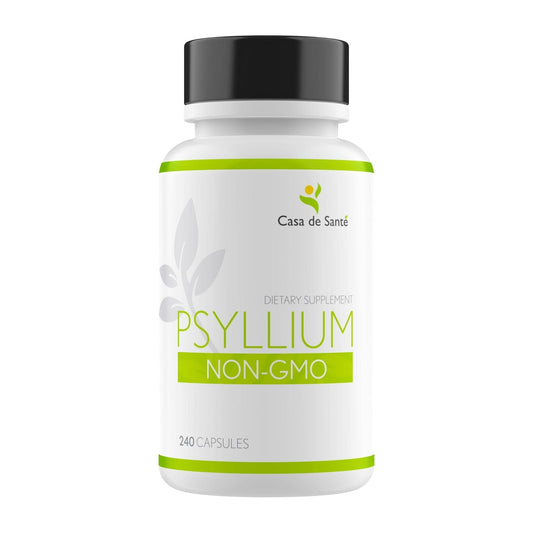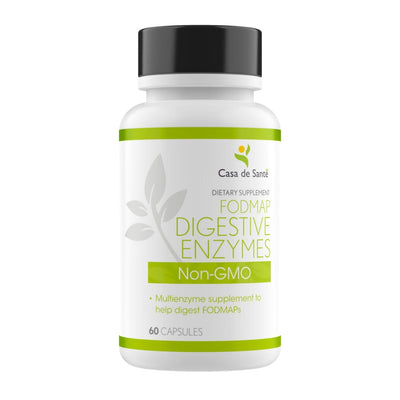10 Delicious Kiwi Foods to Boost Your Health
10 Delicious Kiwi Foods to Boost Your Health
New Zealand's cuisine is as diverse and breathtaking as its landscapes. Known affectionately as the land of the Kiwis, this island nation offers a bounty of nutritious foods that can transform your health while delighting your taste buds. From ocean-fresh seafood to native berries packed with antioxidants, Kiwi foods combine incredible flavor with impressive nutritional profiles.
Whether you're looking to boost your immune system, improve heart health, or simply add more variety to your diet, these ten delicious Kiwi foods deserve a place in your kitchen. Let's explore the unique tastes and health benefits that make these foods special to both New Zealanders and health enthusiasts worldwide.
The Nutritional Powerhouses of New Zealand
New Zealand's isolated geography and clean environment have created the perfect conditions for producing some of the world's most nutritious foods. The country's commitment to sustainable farming practices means many of these foods are not only good for you but also for the planet.
The Māori, New Zealand's indigenous people, have used many native plants and animals for centuries both as food and medicine. Modern science is now confirming what traditional knowledge has long understood about the health benefits of these unique foods.
Manuka Honey: Nature's Golden Healer
Perhaps New Zealand's most famous food export, Manuka honey isn't just delicious—it's medicinal. Produced by bees that pollinate the native Manuka bush (Leptospermum scoparium), this honey contains unique compounds not found in regular honey, particularly methylglyoxal (MGO), which gives it powerful antibacterial properties.
Research shows Manuka honey can help fight infection, promote wound healing, and soothe sore throats. It may also support digestive health by fighting harmful bacteria like H. pylori. For maximum health benefits, look for Manuka honey with a high Unique Manuka Factor (UMF) rating, which indicates stronger antibacterial activity.
Enjoy a teaspoon straight from the jar, drizzle it over yogurt, or use it to sweeten tea. Just remember that Manuka honey commands premium prices for good reason—its production is limited and its benefits are substantial.
What makes New Zealand's Manuka honey truly special is its terroir—the environmental factors that affect its composition. The volcanic soils, pristine rainfall, and isolation from industrial pollution create honey with exceptionally high levels of beneficial compounds. Traditional Māori healers used the Manuka plant long before European settlement, applying its leaves and bark to wounds and brewing tea from its aromatic foliage. This indigenous knowledge formed the foundation for the modern Manuka honey industry, which now employs sophisticated testing methods to verify authenticity and potency.
Green-Lipped Mussels: Joint Health from the Sea
These emerald-edged shellfish are unique to New Zealand's coastal waters and pack a powerful anti-inflammatory punch. Green-lipped mussels contain a rare combination of omega-3 fatty acids, including EPA, DHA, and ETA (eicosatetraenoic acid), which is rarely found in other marine life.
Studies suggest these mussels may help reduce joint pain and inflammation, making them particularly beneficial for people with arthritis. They're also rich in zinc, iron, and vitamin B12, supporting immune function and energy production.
New Zealand's green-lipped mussel industry represents a remarkable success story in sustainable aquaculture. Cultivated on suspended ropes in the crystal-clear waters of the Marlborough Sounds and other coastal regions, these mussels actually improve water quality as they filter feed. A single mussel can filter up to 350 liters of seawater daily, removing particulates and excess nutrients. The farming methods have minimal environmental impact, requiring no artificial feeds or chemicals, earning the industry international certification for sustainability. Māori communities have incorporated these mussels (known as kuku or kutai in te reo Māori) into their diet for centuries, recognizing their value as both sustenance and rongoā (traditional medicine).
Fruits and Berries: Antioxidant Treasures
New Zealand's climate is perfect for growing exceptional fruits and berries, many of which contain extraordinary levels of health-promoting compounds. From familiar favorites to indigenous specialties, these fruits offer delicious ways to boost your antioxidant intake.
Kiwifruit: The Vitamin C Champion
Despite its name suggesting New Zealand origins, kiwifruit (or Chinese gooseberry) was actually introduced from China. However, New Zealand pioneered its commercial cultivation and named it after their national bird. Today, New Zealand grows some of the world's finest kiwifruit varieties, including the gold kiwifruit, which contains even more vitamin C than its green counterpart.
A single kiwifruit provides more than your daily vitamin C requirement, supporting immune function, collagen production, and iron absorption. They're also rich in dietary fiber, particularly soluble fiber, which can help manage blood sugar levels and promote digestive health. The tiny black seeds contain omega-3 fatty acids, adding another nutritional bonus.
For a quick health boost, simply cut a kiwifruit in half and scoop out the flesh with a spoon. They also make excellent additions to smoothies, fruit salads, or as a tangy topping for pavlova, New Zealand's famous dessert.
Feijoa: The Aromatic Superfruit
This egg-shaped green fruit might look unassuming, but bite into a feijoa and you'll be rewarded with a unique flavor that combines elements of pineapple, guava, and mint. While originally from South America, feijoas have been enthusiastically adopted in New Zealand, where they grow abundantly in many home gardens.
Nutritionally, feijoas are packed with vitamin C, B vitamins, and minerals like potassium and manganese. They're also high in dietary fiber and contain compounds with antimicrobial properties. Their distinctive flavor makes them perfect for jams, smoothies, or simply eating fresh by cutting in half and scooping out the soft flesh.
New Zealand Blackcurrants: Antioxidant Powerhouses
New Zealand's intense UV light and cool climate produce blackcurrants with exceptionally high levels of anthocyanins and vitamin C—significantly higher than those grown in other countries. These potent antioxidants help fight oxidative stress and inflammation in the body.
Research suggests New Zealand blackcurrants may improve exercise recovery, enhance eye health, and support cardiovascular function. They've even been shown to improve blood flow and potentially enhance athletic performance. Enjoy them fresh when in season, or look for freeze-dried powder, which preserves their nutritional properties year-round.
Native Plants with Remarkable Benefits
Long before European settlement, Māori were using native plants for both sustenance and healing. Modern research is now validating many of these traditional uses, bringing these indigenous foods to wider attention.
Kawakawa: The Māori Medicinal Leaf
Recognized by its heart-shaped leaves often dotted with tiny holes (from the native looper caterpillar), kawakawa has been used in Māori traditional medicine for centuries. The leaves contain compounds with anti-inflammatory, antimicrobial, and analgesic properties.
Today, kawakawa is experiencing a culinary revival, with innovative chefs incorporating it into dishes and drinks. The leaves can be steeped to make a refreshing tea that may help with digestive issues and inflammatory conditions. You might also find kawakawa in specialty chocolates, oils, and even craft gins, offering both flavor and potential health benefits.
Protein Sources from Land and Sea
New Zealand's clean environment produces some of the world's finest protein sources. From grass-fed meats to sustainably harvested seafood, these options deliver exceptional nutrition alongside ethical production values.
New Zealand Lamb: Grass-Fed Goodness
New Zealand lamb is world-renowned for its tenderness and flavor, largely due to the country's ideal grazing conditions. Unlike grain-fed livestock common in many countries, New Zealand lambs feed on lush pastures year-round, resulting in meat with a superior nutritional profile.
Grass-fed lamb contains higher levels of omega-3 fatty acids and conjugated linoleic acid (CLA) than grain-fed alternatives. It's also rich in high-quality protein, iron, zinc, and B vitamins, particularly vitamin B12, which is essential for nerve function and blood cell formation.
For maximum health benefits, try slow-cooking methods like roasting or braising, which preserve the meat's nutrients while creating melt-in-your-mouth tenderness. Pair with native herbs like horopito for an authentic Kiwi dining experience.
King Salmon: The Royal Omega-3 Source
New Zealand's King salmon (also known as Chinook salmon) is raised in the pristine waters of the Marlborough Sounds and Canterbury region. These conditions, along with strict farming practices, produce salmon with exceptional flavor and nutritional value.
Rich in high-quality protein and omega-3 fatty acids EPA and DHA, King salmon supports heart and brain health. It also provides vitamin D, selenium, and B vitamins. The orange-pink flesh indicates high levels of astaxanthin, a powerful antioxidant that may offer anti-inflammatory benefits.
Dairy and Alternatives: Calcium-Rich Options
New Zealand's dairy industry is famous worldwide, but the country also produces excellent plant-based alternatives for those avoiding animal products.
New Zealand Grass-Fed Butter
Made from the milk of cows grazing on lush pastures, New Zealand butter has a richer yellow color and more complex flavor than many conventional butters. This color comes from higher levels of beta-carotene, which converts to vitamin A in the body.
Grass-fed butter contains more omega-3 fatty acids and vitamin K2 than grain-fed alternatives. It's also a good source of butyrate, a short-chain fatty acid that supports gut health. While butter should be consumed in moderation, choosing high-quality grass-fed versions maximizes nutritional benefits when you do indulge.
Incorporating Kiwi Foods into Your Diet
Adding these nutritional powerhouses to your diet doesn't have to be complicated. Many are available internationally, either fresh, frozen, or as supplements. Start by incorporating one or two that appeal to you most, then gradually explore others as you become more familiar with their flavors and preparation methods.
For authentic Kiwi cuisine, try combining several of these foods in dishes like seafood chowder with green-lipped mussels and kawakawa, or a breakfast bowl with kiwifruit, feijoa, and a drizzle of Manuka honey. Even if you can't access all these foods where you live, seeking out even a few can add exciting new flavors and health benefits to your diet.
Remember that while these foods offer impressive health benefits, they work best as part of a balanced diet rich in a variety of whole foods. The traditional Māori approach to health, encompassing physical, mental, spiritual, and family wellbeing, reminds us that food is just one aspect of overall wellness—albeit a delicious and important one.
Whether you're planning a trip to New Zealand or simply looking to diversify your nutritional intake, these ten Kiwi foods offer a taste of this remarkable country's natural bounty while supporting your journey toward better health.



